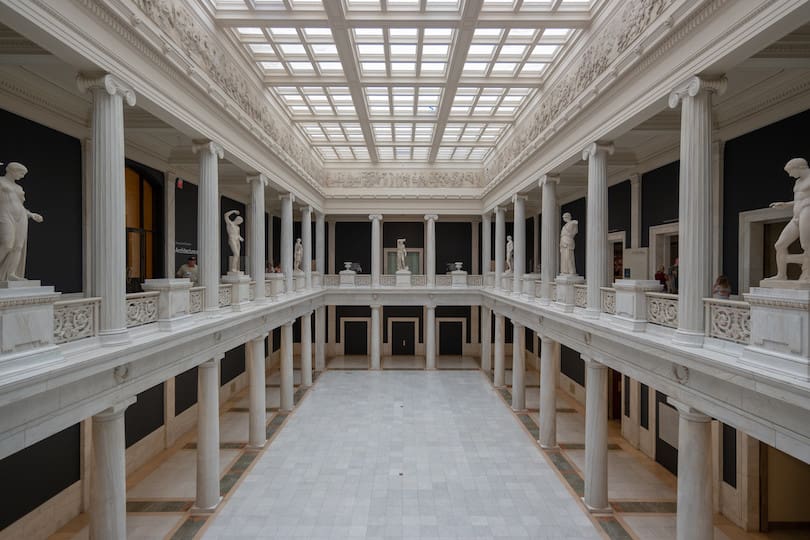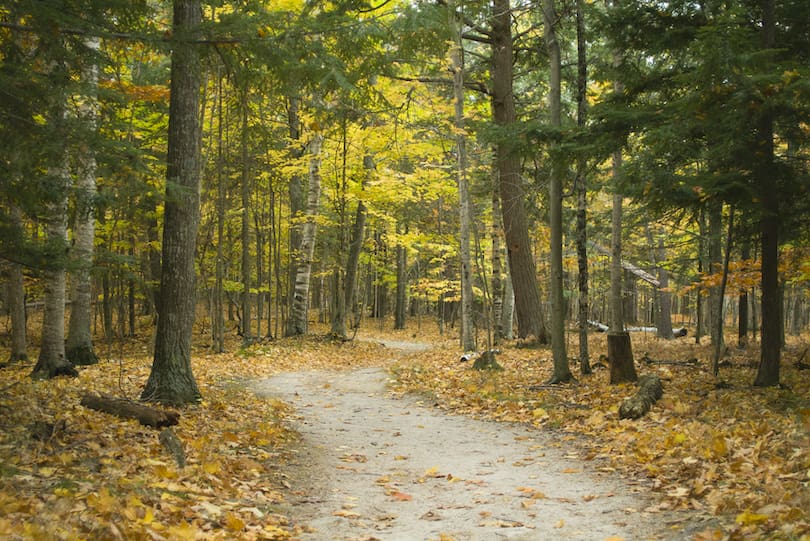If you’re visiting the beautiful town of Kumarakom in Kerala, India, you should definitely add Juma Masjid to your itinerary. This stunning mosque is a perfect example of the beautiful blend of culture and architecture that makes Kerala such a unique and special place. In this article, we’ll take a closer look at the history, architecture, and significance of Juma Masjid.
Introduction: A Brief Overview of Juma Masjid
- What is Juma Masjid?
- Where is it located?
- Why is it significant?
Juma Masjid is a historic mosque located in the town of Kumarakom in the Indian state of Kerala. It is one of the oldest and most important mosques in the region, with a rich history and cultural significance. The mosque is a popular tourist attraction and a must-visit destination for anyone interested in exploring the local culture and architecture of Kerala. Juma Masjid is not only a religious center for the local Muslim community but also a symbol of the region’s rich cultural heritage.
The History of Juma Masjid
- Who built Juma Masjid?
- When was it built?
- What was the purpose of the mosque?
- How has it changed over time?
Juma Masjid was built in the 14th century by the Arab traders who came to the Malabar coast for trading purposes. The mosque is a significant historical landmark that represents the cultural and religious history of the region. The mosque has undergone several renovations over the years, with the most significant one being carried out in the 19th century.
The purpose of Juma Masjid was to serve as a religious center for the local Muslim community, providing a place for prayer and worship. It also played an essential role in bringing together the different Muslim communities living in the region and promoting harmony and unity among them.
The architecture of Juma Masjid is unique and reflects a blend of Arabic and traditional Kerala styles. The mosque has a rectangular shape with a central courtyard and is surrounded by a covered arcade on all four sides. The roof is sloping, and the minaret is located at the entrance of the mosque. The mosque’s interior is beautifully decorated with intricate wood carvings, calligraphy, and colorful glass windows.
Overall, Juma Masjid is a perfect example of the rich cultural and architectural heritage of Kerala, and its history is intertwined with the history of the region itself. It remains an important religious and cultural center for the local Muslim community and a popular tourist attraction for visitors to Kumarakom.
The Architecture of Juma Masjid
- What is the architectural style of Juma Masjid?
- What are the key features of the mosque?
- How is the mosque decorated?
- What makes Juma Masjid unique?
The architectural style of Juma Masjid is a unique blend of Arabic and traditional Kerala styles. The mosque’s design and layout are simple and elegant, with an emphasis on functionality and practicality. The mosque’s roof is sloping and is made of wooden beams and tiles, while the walls are made of locally available laterite stones.
The key features of the mosque include a central courtyard, a covered arcade on all four sides, and a minaret located at the entrance of the mosque. The mosque’s courtyard is a spacious area where the faithful gather for prayer and worship. The arcade provides shelter from the sun and rain and is an important part of the mosque’s design, providing space for socializing and community gatherings.
The mosque is decorated with intricate wood carvings, calligraphy, and colorful glass windows, which create a serene and peaceful atmosphere inside the mosque. The wood carvings on the mosque’s interior walls and ceiling are particularly impressive, with delicate patterns and designs that reflect the traditional Kerala style.
What makes Juma Masjid unique is its blend of architectural styles, which reflects the diverse cultural influences that have shaped the region’s history. The mosque’s design and layout are both functional and aesthetically pleasing, with a focus on creating a peaceful and harmonious environment for prayer and worship. Juma Masjid is a testament to the rich cultural heritage of Kerala and an important landmark that attracts visitors from all over the world.
The Significance of Juma Masjid
- What is the cultural and religious significance of Juma Masjid?
- How does the mosque reflect the local culture and history?
- What role does Juma Masjid play in the community?
Juma Masjid holds great cultural and religious significance in the local community. As one of the oldest and most important mosques in Kerala, the mosque is a symbol of the region’s rich cultural heritage and an important center of religious life for the local Muslim community.
The mosque’s architecture and design reflect the region’s unique blend of cultural influences, combining elements of Arabic and traditional Kerala styles. The mosque’s intricate wood carvings, calligraphy, and colorful glass windows are a testament to the region’s rich artistic traditions and craftsmanship.
Juma Masjid plays an essential role in the local community, serving as a center for prayer and worship, as well as a hub for social and cultural events. The mosque brings together people from all walks of life, promoting harmony and unity among the different Muslim communities living in the region.
Juma Masjid also plays an important role in promoting interfaith dialogue and understanding, with the mosque’s leaders actively engaging with members of other faith communities to foster greater mutual respect and cooperation.
Overall, Juma Masjid is a significant landmark that reflects the rich cultural and religious history of Kerala. The mosque’s enduring importance in the community is a testament to the enduring legacy of its founders and the enduring value of its mission to promote peace, harmony, and mutual understanding.
How to Visit Juma Masjid
- What are the visiting hours of Juma Masjid?
- What is the dress code for visitors?
- Are there any restrictions on visiting the mosque?
- What else is there to see and do in the area?
If you’re planning to visit Juma Masjid, there are a few things you should know. The mosque is open to visitors every day, from morning until evening. However, it’s important to note that prayer times may vary, and visitors are advised to check the mosque’s schedule before planning their visit.
Visitors to Juma Masjid are expected to dress modestly and respectfully. This means covering your arms and legs and avoiding revealing clothing. Women are also expected to cover their heads with a scarf or shawl.
While visitors are welcome at Juma Masjid, there are some restrictions to keep in mind. Non-Muslims are not permitted to enter the mosque during prayer times, and visitors are expected to observe proper etiquette while inside the mosque. This includes removing your shoes before entering and refraining from taking photos or making loud noises.
If you’re visiting Juma Masjid, there are plenty of other things to see and do in the surrounding area. Kumarakom is known for its beautiful backwaters, and visitors can take a boat ride to explore the scenic waterways. The area is also home to a variety of bird sanctuaries and nature reserves, making it a popular destination for wildlife enthusiasts.
In addition to its natural beauty, Kumarakom is also known for its rich cultural heritage, with a variety of temples, museums, and historic landmarks to explore. Whether you’re interested in art, history, or simply soaking up the local culture, there’s something for everyone in this fascinating region of Kerala.
Tips for Visiting Juma Masjid
- What should you bring when visiting the mosque?
- How should you behave while visiting Juma Masjid?
- Are there any etiquette rules to follow?
- How can you show respect for the mosque and the community?
If you’re planning to visit Juma Masjid, there are a few tips you should keep in mind to ensure a respectful and enjoyable experience.
Firstly, it’s important to dress appropriately for the mosque. This means wearing loose-fitting, modest clothing that covers your arms and legs. Women are also expected to cover their heads with a scarf or shawl.
When you arrive at Juma Masjid, be sure to remove your shoes before entering the mosque. It’s also a good idea to bring a pair of socks to wear inside the mosque, as the floors can get quite hot.
While inside the mosque, it’s important to be respectful of your surroundings and the community. This means refraining from taking photos or making loud noises, and avoiding any behavior that may be considered disrespectful or disruptive.
There are also some specific etiquette rules to keep in mind while visiting Juma Masjid. For example, non-Muslim visitors are not permitted to enter the mosque during prayer times. Additionally, visitors are expected to refrain from touching or pointing with their feet, as this is considered disrespectful in many cultures.
Finally, showing respect for the mosque and the local community is key to a positive and meaningful visit. This means avoiding any behavior that may be considered disrespectful or insensitive, and showing a genuine interest in learning about the mosque and its cultural significance.
By following these tips and guidelines, you can ensure a respectful and enjoyable visit to Juma Masjid, and gain a deeper understanding of the mosque’s cultural and historical significance.
The Future of Juma Masjid
- What plans are there for the future of Juma Masjid?
- How can the mosque continue to serve the community?
- What challenges does Juma Masjid face in the future?
- How can we support the preservation and maintenance of Juma Masjid?
As a historic and culturally significant site, Juma Masjid faces a number of challenges and opportunities as it looks towards the future.
One of the key goals for the future of Juma Masjid is to continue to serve the local community as a place of worship and cultural exchange. This may involve expanding programming and educational opportunities, as well as working to ensure that the mosque remains accessible and welcoming to all members of the community.
Another important consideration for the future of Juma Masjid is the preservation and maintenance of the mosque itself. This may involve ongoing restoration and repair work, as well as efforts to ensure that the mosque’s architectural and cultural heritage is protected for future generations to enjoy.
Of course, there are also a number of challenges that Juma Masjid will need to address in the coming years. These may include changes in local demographics and social norms, as well as broader economic and political factors that may impact the mosque’s ability to serve its community effectively.
Ultimately, the future of Juma Masjid will depend on the continued support and engagement of the local community, as well as broader efforts to promote and preserve the mosque’s cultural and historical significance. This may involve ongoing advocacy and fundraising efforts, as well as partnerships with other organizations and institutions dedicated to the preservation and celebration of cultural heritage.
Conclusion: A Must-See Destination in Kumarakom
Juma Masjid is a stunning example of the beautiful blend of culture and architecture that makes Kerala such a special place. Whether you’re a history buff, an architecture enthusiast, or simply interested in exploring the local culture, Juma Masjid is a must-see destination in Kumarakom.
FAQs
- Is Juma Masjid open to visitors of all religions?
- Yes, Juma Masjid welcomes visitors of all religions and backgrounds.
- What is the best time to visit Juma Masjid?
- The best time to visit Juma Masjid is in the morning or evening, when the light is best for photography and the temperature is cooler.
- Can you take photographs inside Juma Masjid?
- Yes, you can take photographs inside the mosque, but be sure to ask permission first and respect the privacy and beliefs of other visitors.
- Is there an admission fee for Juma Masjid?
- No, there is no admission fee for visiting Juma Masjid, but donations are appreciated.
- Are there any nearby attractions to visit after seeing Juma Masjid?
- Yes, there are several other attractions in Kumarakom, including the Kumarakom Bird Sanctuary, Vembanad Lake, and Pathiramanal Island.












I was very pleased to find this web-site.I wanted to thanks for your time for this wonderful read!! I definitely enjoying every little bit of it and I have you bookmarked to check out new stuff you blog post.
incrível este conteúdo. Gostei bastante. Aproveitem e vejam este site. informações, novidades e muito mais. Não deixem de acessar para aprender mais. Obrigado a todos e até a próxima. :)
I believe this site holds some very good information for everyone. “The individual will always be a minority. If a man is in a minority of one, we lock him up.” by Oliver Wendell Holmes.